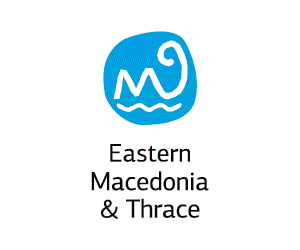Traveler's Guide
East Macedonia & Thrace
Region of East Macedonia & Thrace
The Region of Eastern Macedonia and Thrace occupies the northeastern part of Greece. It borders with Turkey easterly, Bulgaria northern and with the Regional Unit of Serres westerly. Southwest is washed by the Aegean Sea and southeast by the Thracian Sea. It includes the Regional Unities: Drama, Kavala, Xanthi, Rodopi and Evros.
It has a total area of 14.157 thousand hectares and covers the 10.7% of the total area of the country.
Also includes two major islands of Thracian Sea, Thassos and Samothrace.
Crossroad of major sea and land routes by which, for thousands of years, are moving people and goods, ideas and habits to and from the four cardinal points: from the Black Sea and Asia to Western Europe and from North Europe and the Balkans to the Mediterranean and North Africa.
The traces of its history, that start from the Paleolithic season and arrive to our days, are everywhere: caves, rock paintings, forts, temples, theaters, citadels, mines, graves, tumuli, marble quarries, Christian monuments, monasteries and holy places , aqueducts, Islamic monuments, traditional villages, Megara, mansions, tobacco warehouses.
The Region of Eastern Macedonia and Thrace, during the ancient times, was covered by forests at the rate of about 80%, but today this percentage has limited to 55% per area. In its extent there are trackless forests, virgin nature, high mountains, rich flora and fauna, large rivers, lakes and lagoons and an endless coastline with clear blue waters and friendly beaches.
The region is a place of music, dance, feast and ritual. Dionysus and Orpheus never left from this earth. The reversals of nature (winter, spring, etc.) give an opportunity for reversals of another class: masquerading and walking over fires, and outspoken sprees, kidnappings and robberies, all in the context of ritual.
Fisilti Hamami
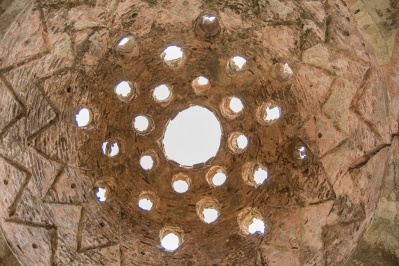 The Bath of Fisilti (or Fisilti Hamami) are located in the southern part of the city, next to the banks of River Erythropotamos. It is a monument of unique value, ...
The Bath of Fisilti (or Fisilti Hamami) are located in the southern part of the city, next to the banks of River Erythropotamos. It is a monument of unique value, ...
Museum of Natural History in Paranesti
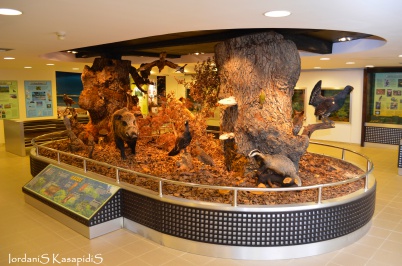 In Paranesti Drama has its headquarters the Natural History Museum where visitor can be informed about all the natural attractions of the area. The museum is aimed in both children ...
In Paranesti Drama has its headquarters the Natural History Museum where visitor can be informed about all the natural attractions of the area. The museum is aimed in both children ...
Nautical Museum of Kavala
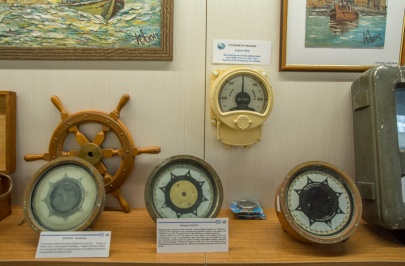 The Nautical Museum of Kavala was created in 2005 with the aim of preserving the maritime cultural heritage. Currently is underway the creation of space that will house the Maritime ...
The Nautical Museum of Kavala was created in 2005 with the aim of preserving the maritime cultural heritage. Currently is underway the creation of space that will house the Maritime ...
Panagia Kosmosotira in Feres
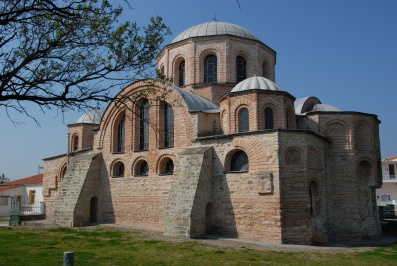 The monastery of Panagia Kosmosoteira (Our Lady, Saviour of the World) includes a fortress wall (with towers and a gate) and a catholicon (main church) in the type of the ...
The monastery of Panagia Kosmosoteira (Our Lady, Saviour of the World) includes a fortress wall (with towers and a gate) and a catholicon (main church) in the type of the ...
Holy Church of Holy Mary - Old Churc
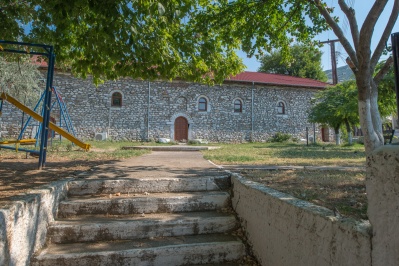 The Holy Church, named as the "Old Church" is dedicated to the Entrance of Holy Mary, honored on November 21. The oral testimonies of the residents report that the post-Byzantine ...
The Holy Church, named as the "Old Church" is dedicated to the Entrance of Holy Mary, honored on November 21. The oral testimonies of the residents report that the post-Byzantine ...
Presentation of Holy Mary (Metropolis)
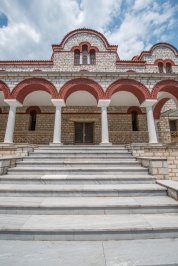 In the center of Drama, on the main road Venizelos street, is rescued the eastern part of the post-Byzantine church of the Entrance of Virgin Mary. The western portion was ...
In the center of Drama, on the main road Venizelos street, is rescued the eastern part of the post-Byzantine church of the Entrance of Virgin Mary. The western portion was ...
Σαρακήνα
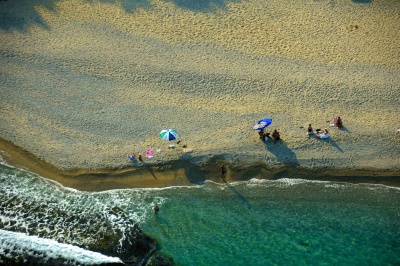 Συνεχίζοντας το δροσιστικό ταξίδι του ο επισκέπτης, στα υπέροχα νερά της Καβάλας, συναντά λίγο παρακάτω την παραλία της Σαρακήνας. Και εδώ το τοπίο μαγευτικό… Πεντακάθαρα νερά, μαλακή αμμουδιά προκαλούν τη ...
Συνεχίζοντας το δροσιστικό ταξίδι του ο επισκέπτης, στα υπέροχα νερά της Καβάλας, συναντά λίγο παρακάτω την παραλία της Σαρακήνας. Και εδώ το τοπίο μαγευτικό… Πεντακάθαρα νερά, μαλακή αμμουδιά προκαλούν τη ...
National Park of East Macedonia and Thrace
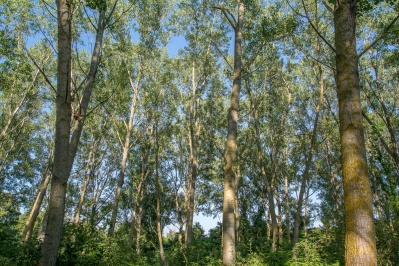 An important part of the National Park of Eastern Macedonia and Thrace (Gazette No. 854/16-9-96 apof. 5796) is within the Xanthi prefecture, which covers the area of Nestos Delta, Vistonida ...
An important part of the National Park of Eastern Macedonia and Thrace (Gazette No. 854/16-9-96 apof. 5796) is within the Xanthi prefecture, which covers the area of Nestos Delta, Vistonida ...
Ecotourism Centre of Dadia
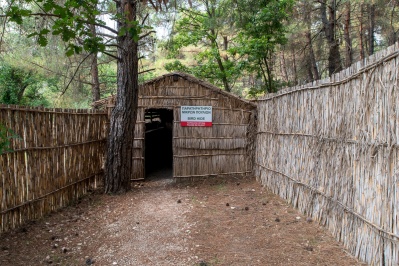 The first organized ecotourism infrastructure with reception, information and tour of guests began operating in 1994 in Dadia Ecotourism Centre with initiative of WWF Greece in cooperation with the former ...
The first organized ecotourism infrastructure with reception, information and tour of guests began operating in 1994 in Dadia Ecotourism Centre with initiative of WWF Greece in cooperation with the former ...
Karyofyto Settlement
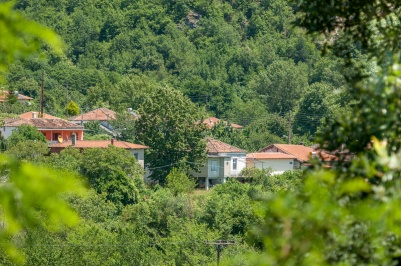 Karyofito is a village in the prefecture of Xanthi, part of the municipality of Stavroupoli and previously named as Kozloutza. It is located 41 kilometers northwest of Xanthi, at an ...
Karyofito is a village in the prefecture of Xanthi, part of the municipality of Stavroupoli and previously named as Kozloutza. It is located 41 kilometers northwest of Xanthi, at an ...
Abdera Settlement
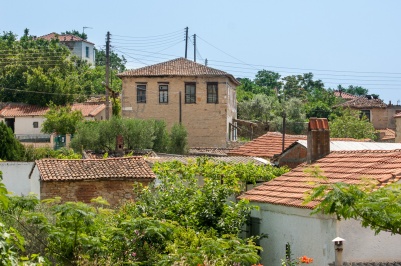 Abdera is located just before the south coast of the Xanthi Prefecture, 20 km away from the city of Xanthi. Today Abdera is north of the famous ancient settlement, but ...
Abdera is located just before the south coast of the Xanthi Prefecture, 20 km away from the city of Xanthi. Today Abdera is north of the famous ancient settlement, but ...






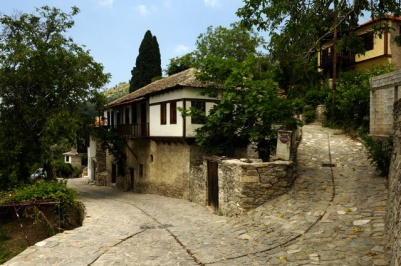 Kazavitia, is perhaps the most picturesque villages of Thassos. With this name we now call the Little and Big Prinos, two beautiful and traditional mountain-villages at a height of 350 ...
Kazavitia, is perhaps the most picturesque villages of Thassos. With this name we now call the Little and Big Prinos, two beautiful and traditional mountain-villages at a height of 350 ...
